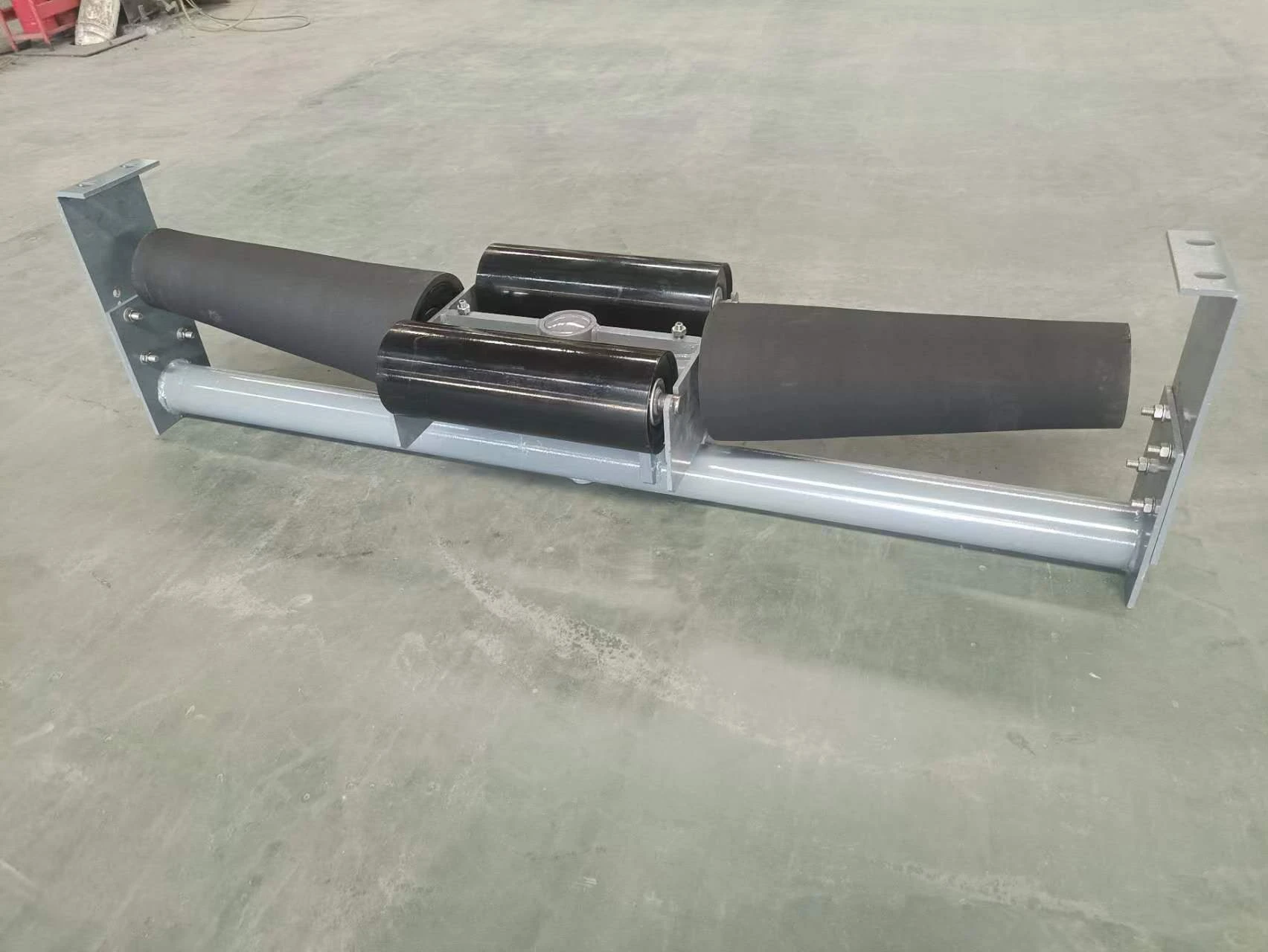 Afrikaans
Afrikaans  Albanian
Albanian  Amharic
Amharic  Arabic
Arabic  Armenian
Armenian  Azerbaijani
Azerbaijani  Basque
Basque  Belarusian
Belarusian  Bengali
Bengali  Bosnian
Bosnian  Bulgarian
Bulgarian  Catalan
Catalan  Cebuano
Cebuano  Corsican
Corsican  Croatian
Croatian  Czech
Czech  Danish
Danish  Dutch
Dutch  English
English  Esperanto
Esperanto  Estonian
Estonian  Finnish
Finnish  French
French  Frisian
Frisian  Galician
Galician  Georgian
Georgian  German
German  Greek
Greek  Gujarati
Gujarati  Haitian Creole
Haitian Creole  hausa
hausa  hawaiian
hawaiian  Hebrew
Hebrew  Hindi
Hindi  Miao
Miao  Hungarian
Hungarian  Icelandic
Icelandic  igbo
igbo  Indonesian
Indonesian  irish
irish  Italian
Italian  Japanese
Japanese  Javanese
Javanese  Kannada
Kannada  kazakh
kazakh  Khmer
Khmer  Rwandese
Rwandese  Korean
Korean  Kurdish
Kurdish  Kyrgyz
Kyrgyz  Lao
Lao  Latin
Latin  Latvian
Latvian  Lithuanian
Lithuanian  Luxembourgish
Luxembourgish  Macedonian
Macedonian  Malgashi
Malgashi  Malay
Malay  Malayalam
Malayalam  Maltese
Maltese  Maori
Maori  Marathi
Marathi  Mongolian
Mongolian  Myanmar
Myanmar  Nepali
Nepali  Norwegian
Norwegian  Norwegian
Norwegian  Occitan
Occitan  Pashto
Pashto  Persian
Persian  Polish
Polish  Portuguese
Portuguese  Punjabi
Punjabi  Romanian
Romanian  Russian
Russian  Samoan
Samoan  Scottish Gaelic
Scottish Gaelic  Serbian
Serbian  Sesotho
Sesotho  Shona
Shona  Sindhi
Sindhi  Sinhala
Sinhala  Slovak
Slovak  Slovenian
Slovenian  Somali
Somali  Spanish
Spanish  Sundanese
Sundanese  Swahili
Swahili  Swedish
Swedish  Tagalog
Tagalog  Tajik
Tajik  Tamil
Tamil  Tatar
Tatar  Telugu
Telugu  Thai
Thai  Turkish
Turkish  Turkmen
Turkmen  Ukrainian
Ukrainian  Urdu
Urdu  Uighur
Uighur  Uzbek
Uzbek  Vietnamese
Vietnamese  Welsh
Welsh  Bantu
Bantu  Yiddish
Yiddish  Yoruba
Yoruba  Zulu
Zulu bearing housing types
Understanding Bearing Housing Types
Bearing housings are essential components in machinery and mechanical systems. They serve to support and securely house bearings, which facilitate the smooth rotation of shafts and other moving parts. Given their critical role in machinery performance, understanding the different types of bearing housings is vital for engineers and technicians alike. This article explores the various types of bearing housings, their features, and applications.
Understanding Bearing Housing Types
Another widely used type is the flange bearing housing. These housings feature a flange that allows for easy attachment to a supporting structure. Flange bearings are popular in applications where space constraints exist, and they provide reliable support for shafts in both vertical and horizontal orientations. They are commonly found in electric motors, fans, and pumps, where compact design is essential.
bearing housing types

Take-up bearing housings are specially designed to allow for adjustments in the tension of the drive belt or chain. This adjustability is crucial in applications where the alignment of shafts may change due to wear or thermal expansion. Take-up housings are often used in conveyor systems and other moving equipment where the tension must be regularly monitored and adjusted.
In contrast, split bearing housings are manufactured in two parts, allowing for convenient bearing replacement without the need for shaft withdrawal. This design is practical for maintenance, especially in large machinery where disassembling the entire system for bearing replacement would be time-consuming and costly. Split housings are commonly used in heavy-duty applications, including mining, metal processing, and large turbines.
Lastly, there are sealed bearing housings, which are designed with integrated seals to protect bearings from contaminants such as dust, dirt, and moisture. These housings are particularly advantageous in harsh operating environments, reducing the risk of bearing failure and extending the lifespan of the components. Sealed housings are widely used in automotive and agricultural machinery, where exposure to challenging conditions is common.
In conclusion, the choice of bearing housing type is critical for ensuring the longevity and efficiency of machinery. By understanding the features and applications of various bearing housing types—such as plummer blocks, flange bearings, take-up housings, split housings, and sealed housings—engineers can make informed decisions tailored to their specific operational needs. Understanding these components not only enhances performance but also contributes significantly to maintenance efficiency and overall equipment reliability.
-
Revolutionizing Conveyor Reliability with Advanced Rubber Lagging PulleysNewsJul.22,2025
-
Powering Precision and Durability with Expert Manufacturers of Conveyor ComponentsNewsJul.22,2025
-
Optimizing Conveyor Systems with Advanced Conveyor AccessoriesNewsJul.22,2025
-
Maximize Conveyor Efficiency with Quality Conveyor Idler PulleysNewsJul.22,2025
-
Future-Proof Your Conveyor System with High-Performance Polyurethane RollerNewsJul.22,2025
-
Driving Efficiency Forward with Quality Idlers and RollersNewsJul.22,2025





























